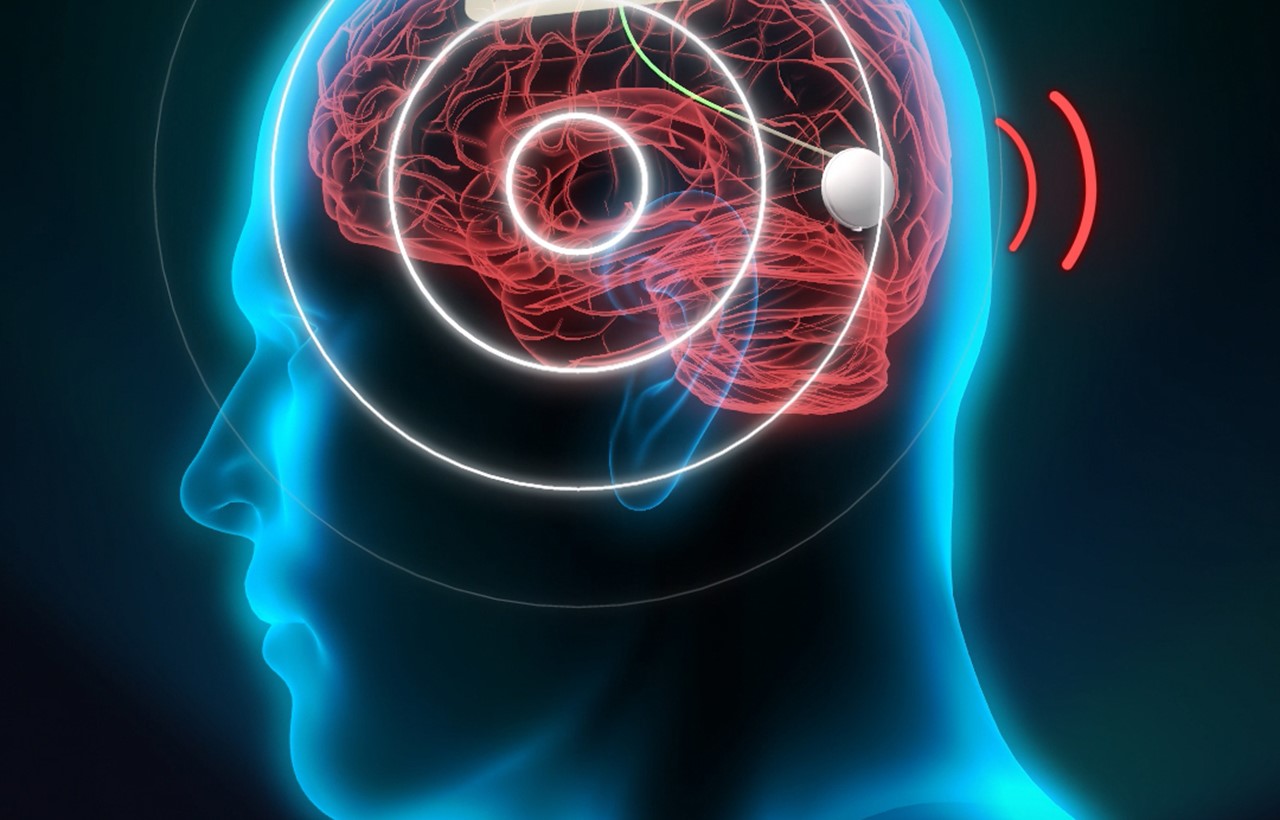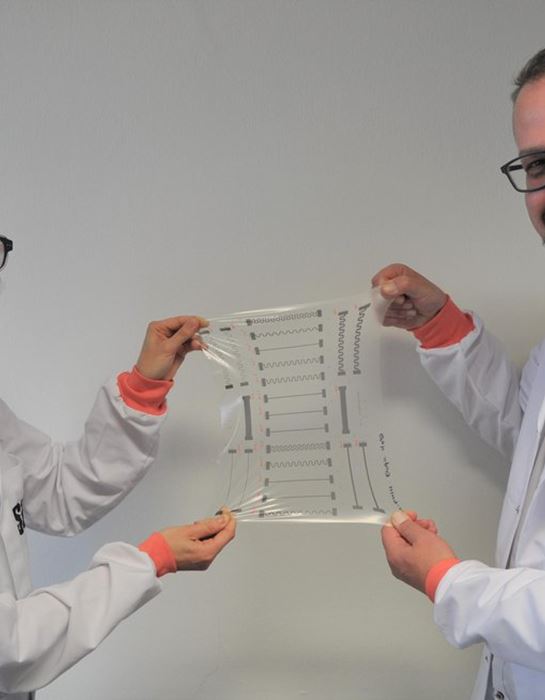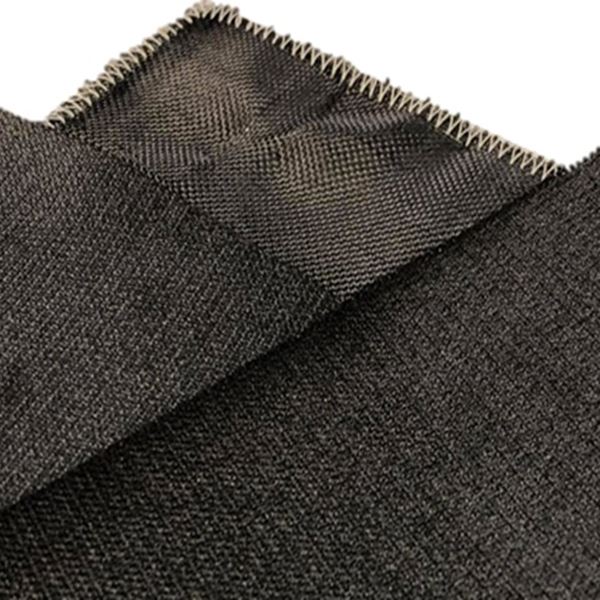Flexible and Wearables

Graphene for flexible and wearables applications
Wearable technologies have been used to augment our capabilities for the past centuries, dating back to the invention of the mechanical watch in the 15th century. Today's smart watches have become accompanied by a range of wearable gadgets such as smart bracelets, jewelry, patches and other similar devices. Ubiquitous computing and its integration with accessories such as bands, watches, glasses, clothing and implants, have resulted in an enhanced intra- and interconnectivity among humans and their environment. From measuring vital signs to sensing environmental conditions are all part of a future where wearables would play a key role in our decision making and actions in life.
This future is on our doorstep thanks to recent technological advancements but requires a step-change in the building blocks of wearable technologies. Metals can be expensive, toxic and their performance degrades when subjected to mechanical stresses while traditional semiconductors are rigid with limited optoelectronic properties. There is a demand for unobtrusive, soft and light smart devices that could be worn un-noticed. Graphene and other 2-dimensional materials are, due to their inherent properties, extremely suitable for such devices. They offer an alternative material platform for the creation of low-cost and multifunctional wearable products with unique form factors. Prototypes of health tracking devices, environmental sensors, durable e-textiles and flexible power sources, to name a few, have been developed and demonstrated additional functionalities beyond the limits of the state-of-the-art.
The current flexible and wearable market presents a promising area for fast adaptation of layered materials. This is particularly true for low-cost, environmentally-friendly applications such as printed matter (posters, packages, etc.) and textiles with sensing capabilities.
Henrik Sandberg, Business Developer for flexible and wearable applications for the Graphene Flagship

Graphene sensors for biomedicine
The graphene sensors interacting with the brain could have therapeutic applications and pave the way for the design of new brain-machine interfaces. This exciting technology was presented at the Mobile World Congress 2016.
The latest on Flexible and Wearables

Stretchable graphene conductors for wearable technologies

The graphene solution: an era of innovation
Since graphene’s discovery, researchers have found hundreds of potential applications for this incredibly versatile material. From brain implants to treat neurological disorders, to the next generation of smart textiles, products enabled by graphene and related materials promise to disrupt individuals, industries and societies. In this article, Kari Hjelt, Head of Innovation at the Graphene Flagship, looks at three examples.

Integrating graphene into textiles for lightweight, soft and conductive fabric
Associate Member Grafren AB develops smart textiles using their newly-patented method to separate high-quality graphene flakes.

Molecular bridges power up printed electronics
Graphene Flagship researchers boost the efficiency of conductive inks and devices connecting layered materials flakes with small molecules

Ready to wear Wireless and battery free wearables
WearGRAPH's graphene-based battery-free wearable electronics are wireless and flexible

Core 2 Spearheads Cross the Finish Line
We review the successes of six industry-based projects from the previous phase of the Graphene Flagship.

